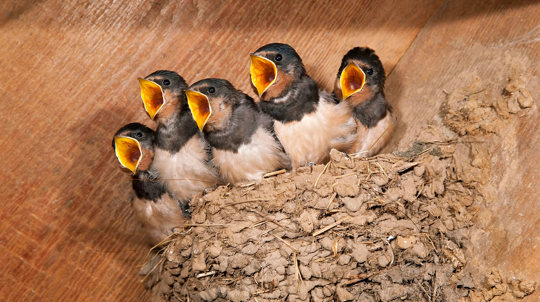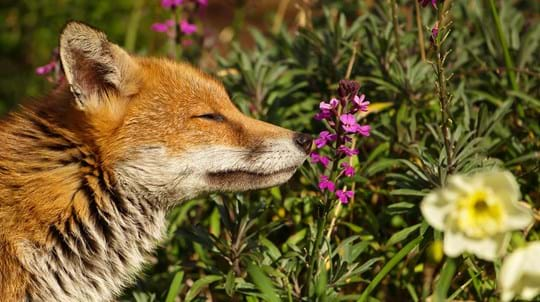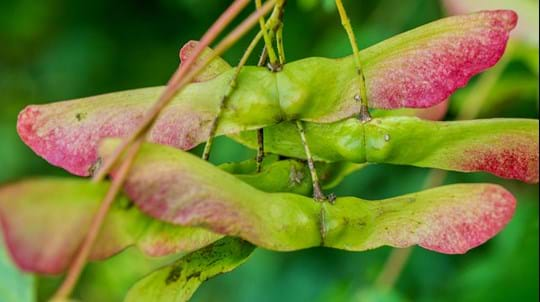
Blog
What to do if you find a baby bird
Charlotte Varela • 14 Jun 2019

Content manager
The beginning of June signals the start of the meteorological summer and the natural world is buzzing with life. We’ve put together a list of six signs of summer to look out for while you’re enjoying the warmer, longer days.
The woodland canopy has closed over and trees are lovely and green right now. This makes it the ideal time to work on your leaf identification skills. Use our free tree ID app to help you identify the trees around you and learn more about them.
Spring flowers are fading fast and being replaced by summer blooms. Look out for foxgloves, poppies and common spotted orchids in woodland and along hedgerows. Honeysuckle also flowers in summer. It has a sweet-smelling fragrance and bees, butterflies and moths love to feed on its nectar. Did you know that its scent is strongest at night, and moths can detect it up to a quarter of a mile away?
At this time of year, baby birds are beginning to leave the nest. Many spend a few days on the ground before they’re ready to take flight – building their strength and waiting for their flight feathers to become fully grown.
If you see a baby bird on its own, it’s best to leave it alone – its parents are probably nearby.
In summer, woods and gardens come alive with delicate, colourful butterflies flitting around the nectar-rich flowers. You can attract even more of these beautiful creatures to your garden or window ledge by rustling up a sweet treat for them to enjoy.
Bats give birth in June so they’re pretty busy hunting for insects to provide food for their family. A summer evening is a great time to spot them darting and swooping through the air. You’re most likely to see them in woods, and near rivers or ponds, at dusk.
It wouldn’t be summer without the soft ‘chirp chirp’ of grasshoppers. They make this distinctive sound by rubbing their back legs against their wings. Their legs have rows of little pegs on them which make their wings vibrate, producing the sound. This action is called stridulation. You can make a similar sound by running your fingernail along the teeth of a comb.
While both male and female grasshoppers are able to produce the sound, it’s usually the male you will hear chirping to attract a mate.
The Nature's Calendar project tracks the effects of weather and climate change on wildlife across the UK – its records date all the way back to 1736!
Join Nature’s Calendar to record the signs of summer you've seen, from flowers blooming to birds migrating. The data you provide helps us to better understand the effects of climate change and other patterns in the natural environment. By taking just a few minutes to share what you see, you'll be adding to hundreds of years' worth of important data. We couldn't do this work without you!

Have you seen your first butterfly or swallow of spring? Or your first ripening berry or autumn leaf tint? Let us know what's happening to animals and plants near you and help scientists track the effects of climate change on wildlife.
Join Nature's Calendar
Visiting woods
Lush green landscapes, glorious sunshine, rainbows of wildflowers – a visit to the woods in summer time is not to be missed.

Blog
Helen Keating • 13 Jul 2020

Blog
Charlie Mellor • 18 Jun 2019